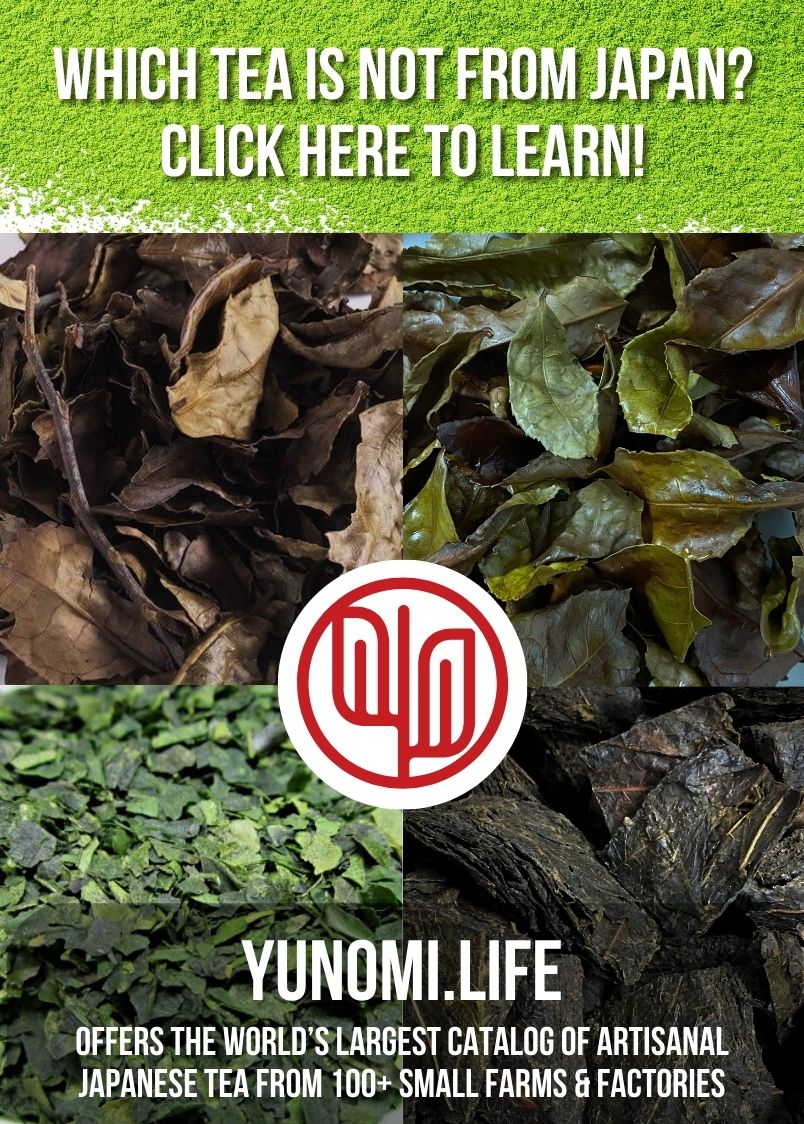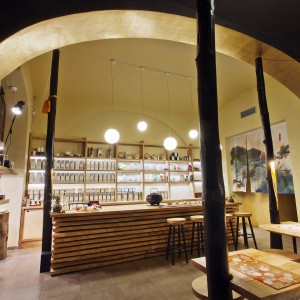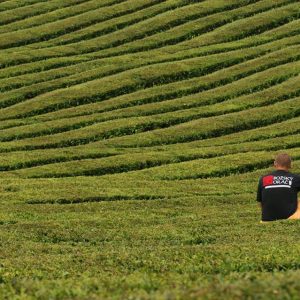Oolongs: Tea Plants & Major Regions
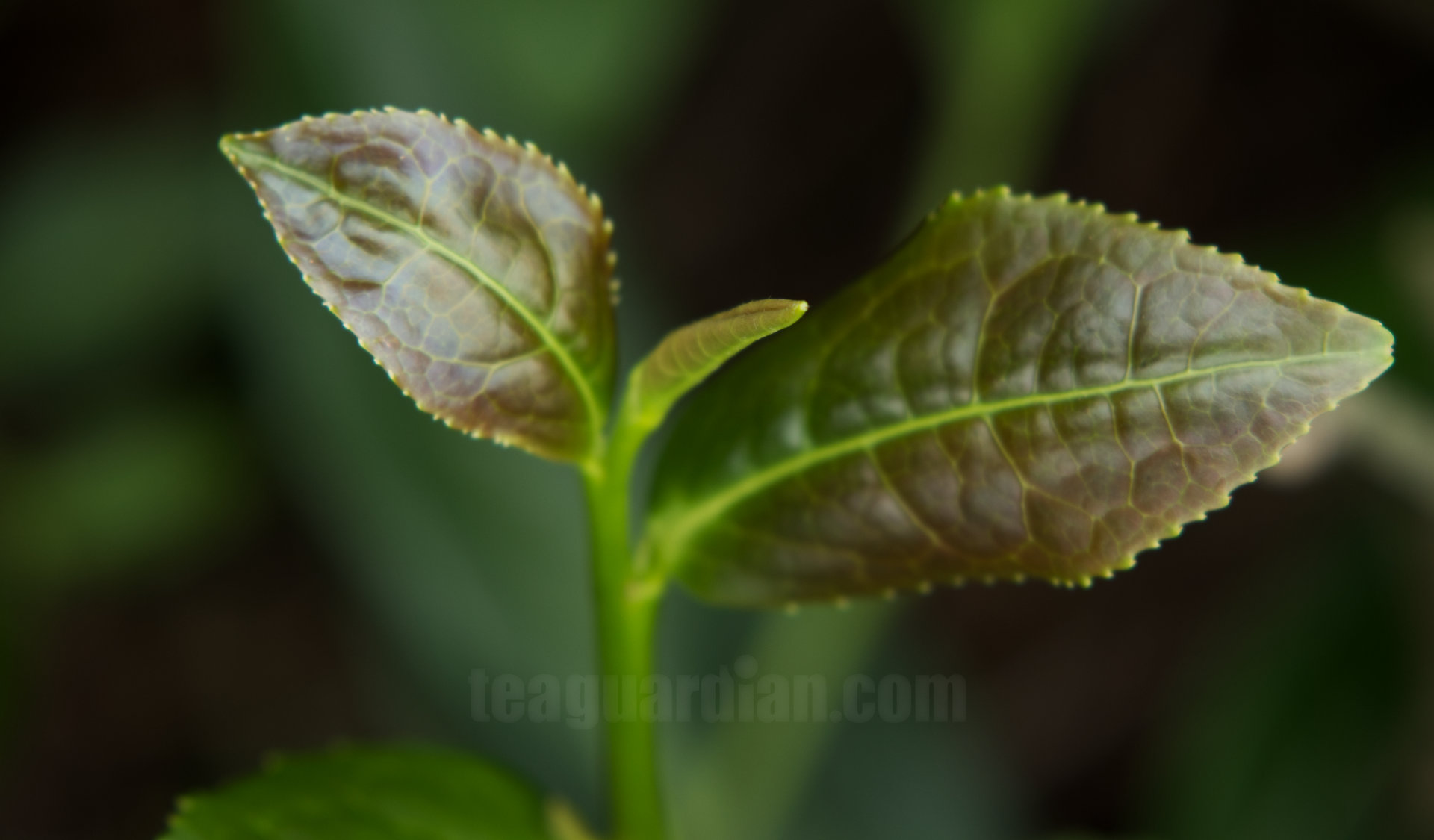
Closeup of the young leaves of the original Tieguanyin cultivar. It is this cultivar that originated in southern Fujian which gives Tieguanyin oolong its unique flavours. Notice the reddish colour of the young leaves. It is the reason why the original Tieguanyin is called Hong Xin Tieh — Red Heart Iron ( Goddess )
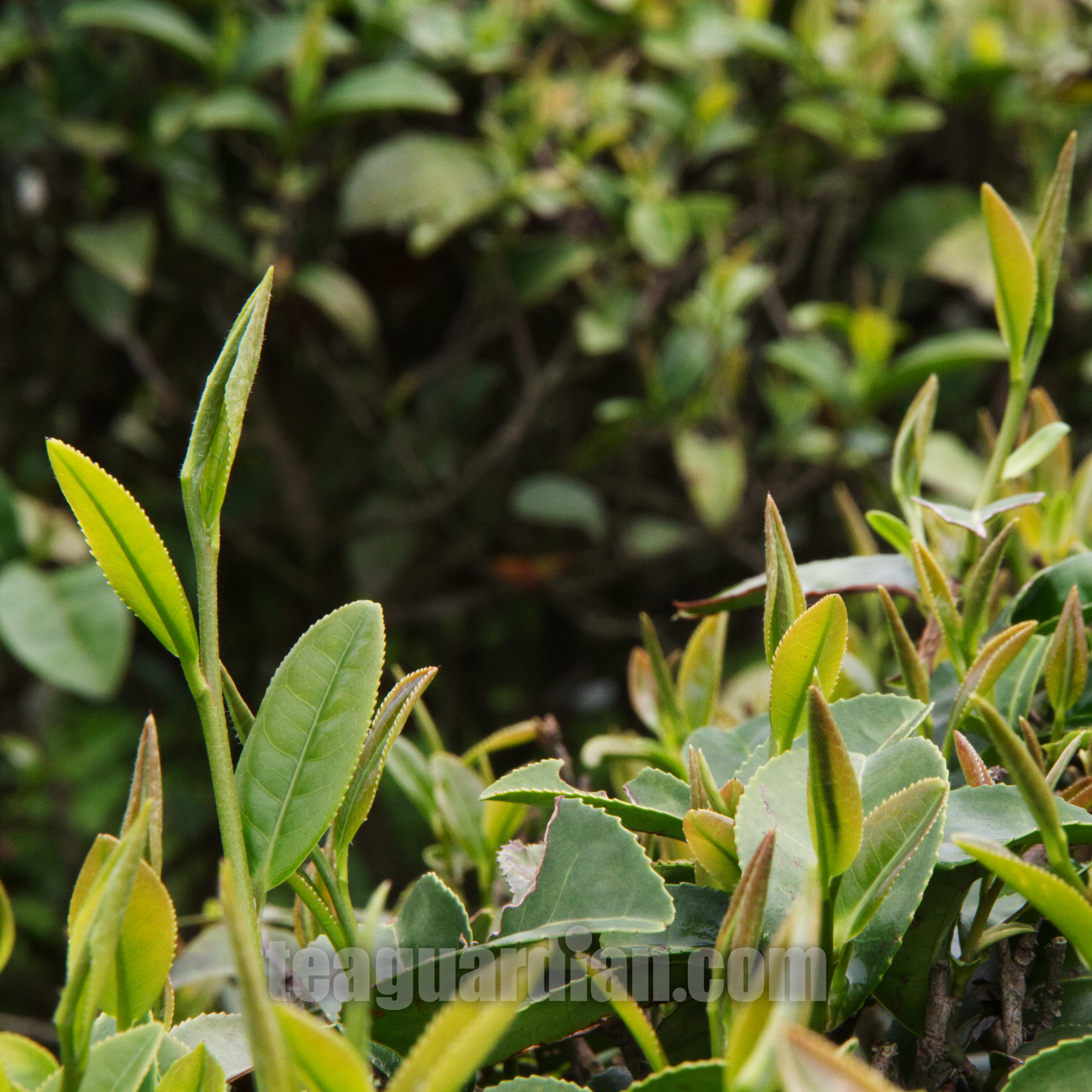
Also a “red heart” tea, Cui Yu that is developed in Taiwan not only looks different, but also tastes different from Tieguanyin
diversity of cultivars
Perhaps more than grapes or roses, the variants of camellia used in tea production numbers in the thousands. Most from Camellia sinensis, but some from various local species and their crosses. The fact is, there are so many of them that I do not think there is enough thorough studies of all the production tea plants in use to really properly categorize them. The condition through thousands of years of domestication and breeding various tea areas, some hardly visited by qualified botanists, is entirely different from the standardized horticulture practiced in other trades.

An old producing tea tree on a dark rock, close to a few generations of its off-springs in the terraced slope. Fenghuang (Phoenix), Guangdong
Oolong is a classic example of this case. The leaves, bush characters, and growing conditions are so entirely different from one cultivar to the next that it is difficult to convince anyone that they are the same plant. They may be the same species, or related species, but certainly there are a lot more differences in their genes that render this group of plants better for oolongs than for green or black teas. Nature somehow designates them for oolong production; none other tea plants can do a better job.
Some long narrow leathery leaves, some juicy fat round leaves, some leaves with pointy numerous teeth, others with round ones, some bushes are barely 30 cm tall even when they are decades old, some a few meters, some are plucked when they are three years old and then pruned, some are still productive even when they are already 700. They taste and smell differently, even when made in nearly the same production method.
Production cultivars have been transplanted from one region to the next and then crossed with local wild and/or production plants to form entirely new ones.
the oldest existing production area
The oldest oolong area in existence today is Mount Wudong, deep in the Phoenix Mountains in the northern borders of the Guangdong province. As recently as 15 years ago, this was an area quite separated from the rest of the world other than a steep dirt road a few hours away on motor bike from the nearest small town. There are production trees of over 700 years old, and traditional manual methods were still in meticulous practice when I first visited it in the previous millennium, when semi-automatic machines were beginning to take over some of the more mechanical procedures. Today, except for some minor changes such as employing electricity in certain procedure rather than wood, nothing much has changed.

When carbon dating verified that the oldest production tree in Wudong was over 700 years old, suggesting that the folklore of serving tea here to the last emperor of the Sung Dynasty might have its factual basis, the characters “Sung Tea” were carved here in the dark rock above the tree. Calligraphy by Huang Bo Zhi, a life-long Phoenix oolong advocate of local descent.
The plants in this area are related to those in Wuyi, in northern Fujian, but very different from those in Anxi, in southern Fujian.
Another key oolong region is Taiwan. Although in the beginning farmers began by transplanting various cultivars from China, the government has proactively supported cultivar development since mid 20th century by establish a Tea Research and Extension Station. Its new bleeds have now even emigrated to China to enrich the diversity there. Many Taiwan varieties produced in China have even been marketed as Taiwan tea in the communist country for higher price and profits.
There are, of course, other locations that produce the tea, and I believe in a number of years there will be new stars emerging. As a matter of fact, the demand for mass-market quality is so great that there is a constant pressure to push production capacity. I have come upon some near quality ones from Chiang Rai in Thailand. Estates in Vietnam, Nepal, India, and Indonesia are also trying; hopefully we shall see worthy mentions in the near future.
For the moment, we shall be looking at these four sub-categories in this site:
- Phoenix (Fenghuang)
- Wuyi
- Anxi
- Taiwan

